Notes
The "New" George Zimmerman Picture: Black and White in Color
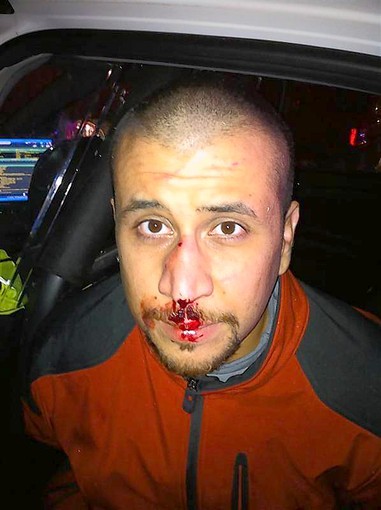
Having followed the significant visuals in the Trayvon Martin case since the beginning, this photo just released by the Zimmerman defense team from that fateful night last February seems to tell us less about the murder than about the limits of photography, particularly the problem of context and the inherently emotional quality of pictures.
As a defense image and still one more object of persuasion in the digital public square, we see Zimmerman gazing directly at us in what seems like an appeal and assertion that, having been bloodied by Trayvon Martin, he was acting in self-defense.
With Zimmerman seeming to engage you and I personally with that look, we can intellectually understand there’s a defined context but still be lured by the gaze. In spite of the elements inside the vehicle, the tightness of the frame tends to obscure the fact Zimmerman is submitting to a policeman’s camera for the purpose of evidence gathering, sitting in a squad car after the shooting (wearing handcuffs, I believe).
Emotionally, that creasing of the forehead and the pensive expression pulls for a more empathetic response, the close-up amplifying a sense of intimacy. To the extent Zimmerman was the instigator, pursuing Martin against the police dispatcher’s advice (just to mention a single complicating factor), you get little sense of it here. Instead, the jarring impact of the sight of blood makes Zimmerman again (in comparison to the absence of any photos of Martin from that evening) seem like the victim here. Again, unavoidably relating to this in an emotional way, any number of basic facts and issues go out the window — including, for example, the relative severity of the injuries or the extent to which any of Zimmerman’s blood was found on Martin (especially in light of his claim that his mouth and nose were covered by Trayvon (1 and 2).
Perhaps the most interesting impact of the photo, though, is simply the color. As widely reported, this photo isn’t new. It’s just a clearer color version of a grainy black-and-white photocopy released by the court months ago. That appeared online in slightly different versions, this one by NPR:
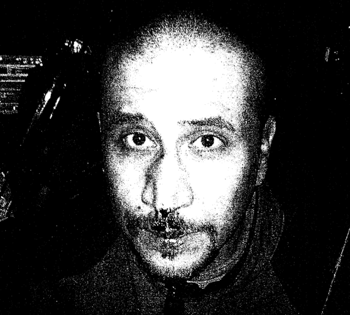
while TalkLeft just posted this one:
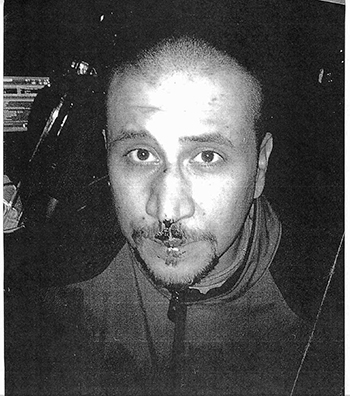
Seeing the versions together, clarity and cropping account for significant differences. Still, what’s even more impressive perceptually is how much color interjects intensity and emotion.
It’s one thing to try and make sense of the facts in this case. It’s another to take each key photo as it comes along, from either side, and try to tease out how it plays with your head.
(photo 1: GZLegalCase.com / December 3, 2012. photo 2: Sanford Police Dept.)
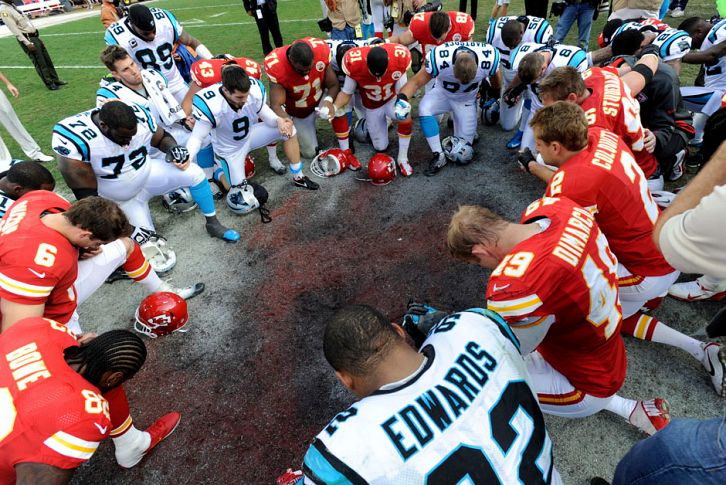
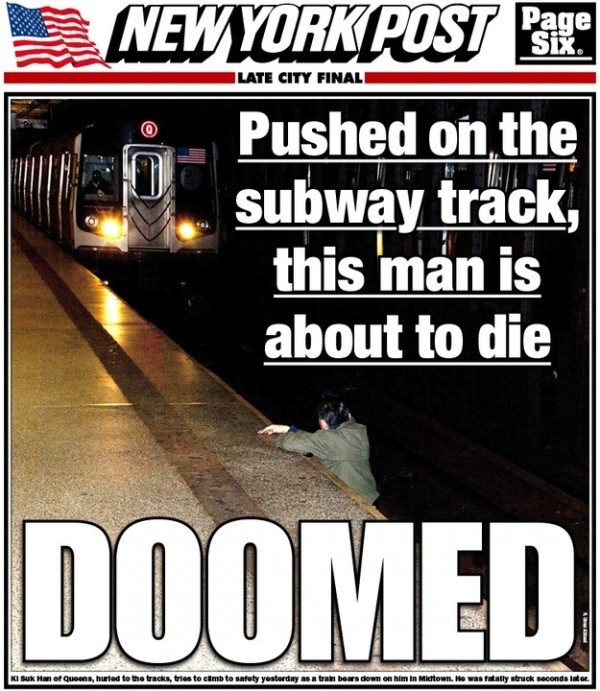
Reactions
Comments Powered by Disqus